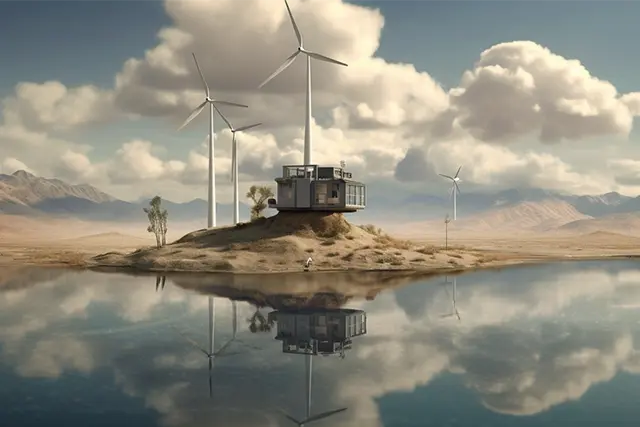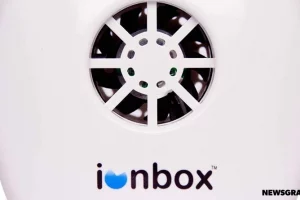
Exploring the Future of Refrigeration: Solid State Cooling and its Environmental Impact
The future of refrigeration is poised to undergo a significant transformation with the advent of solid-state cooling technology. This innovative approach to temperature regulation promises to deliver enhanced efficiency, greater reliability, and a more sustainable environmental footprint compared to traditional refrigeration methods. As we delve into the future of refrigeration, it’s essential to understand the implications of solid-state cooling and its potential environmental impact.
Solid-state cooling technology is a revolutionary advancement in the field of refrigeration. Unlike conventional cooling systems that rely on refrigerants and compressors, solid-state cooling employs thermoelectric materials to create a temperature gradient, thereby facilitating cooling. This method is not only more energy-efficient but also eliminates the need for harmful refrigerants, which are notorious for their contribution to global warming.
The most significant advantage of solid-state cooling technology lies in its potential to reduce environmental impact. Traditional refrigeration systems use hydrofluorocarbons (HFCs) as refrigerants, which are potent greenhouse gases. According to the Intergovernmental Panel on Climate Change, HFCs can be thousands of times more potent than carbon dioxide in terms of their global warming potential. By eliminating the need for these harmful substances, solid-state cooling offers a more sustainable and environmentally friendly alternative.
Moreover, solid-state cooling systems are more energy-efficient than their traditional counterparts. They operate on the principle of the Peltier effect, which allows for precise temperature control and reduces energy wastage. This not only leads to cost savings but also minimizes the carbon footprint associated with energy production.
In addition to their environmental benefits, solid-state cooling systems also offer practical advantages. They are quieter, more compact, and have fewer moving parts, which reduces the risk of mechanical failure and extends the lifespan of the appliance. These factors contribute to the overall sustainability of the product, as less energy and resources are required for manufacturing and maintenance.
However, despite these promising attributes, solid-state cooling technology is not without its challenges. The main hurdle lies in the cost and availability of thermoelectric materials, which are currently more expensive than traditional refrigerants. Additionally, while solid-state cooling systems are more energy-efficient, they still require a power source, which may not be sustainable depending on the energy mix of a given region.
Nevertheless, the potential benefits of solid-state cooling technology are undeniable. As research and development efforts continue, it is likely that we will see a gradual shift towards this more sustainable form of refrigeration. This transition will not only help mitigate the environmental impact of cooling but also contribute to broader efforts to combat climate change.
In conclusion, the future of refrigeration lies in the adoption of solid-state cooling technology. While there are still challenges to overcome, the potential environmental benefits make it a promising alternative to traditional refrigeration methods. As we continue to grapple with the realities of climate change, innovations like solid-state cooling offer a glimmer of hope for a more sustainable future.






